So all the crops are knee high and you have nowhere to detect except pastureland, or seaside beach. Have you ever considered that local stream?
June and July are the hardest months in the UK for metal detecting. The little land that is available tends to be pasture, which is either rock-hard or too long in grass (growing for silage or hay making).
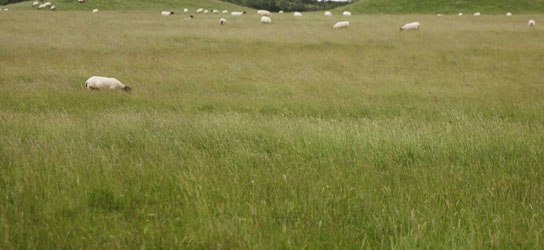
This is when I don my waders, and explore all my local streams, bridges and old ford crossings. Finds can be modern coins thrown off bridges… to Roman items buried for thousands of years in ancient fords.
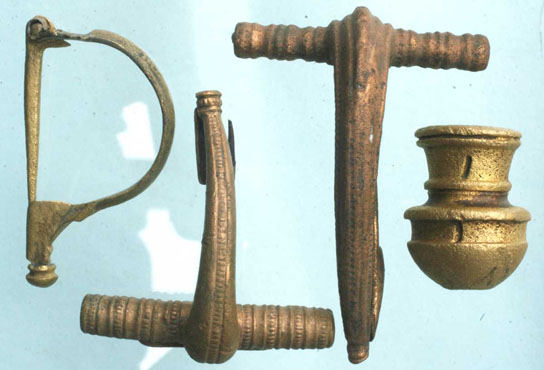 Roman artefacts including brooches
Roman artefacts including brooches
Equipment
The first things you need is a waterproof detector. There are only a few machines ideal for this style of detecting, which need to be able to discriminate iron. The Excalibur II is a good machine, but my favourite now is the CTX 3030. This detector has revitalised my best Roman streams, getting down to the deep stuff missed in previous hunts.
The second essential is a good scoop. This is your main digger so it should be very strong. It needs to have a five-foot handle, to recover targets without the need to bend over…. which can be problematic when you’re in five-feet of water.
The last essential is to keep warm and dry. Fresh water streams can be very cold, and hyperthermia is a real risk and tends to sneak up on you. I use good quality waders in the summer months, and a dry-suit and thermal under-suit in the winter.
Other items worth having at hand are;
- Thermal gloves/gauntlets.
- Five-foot crowbar.
- Glass bottomed bucket
- Floating sieve.
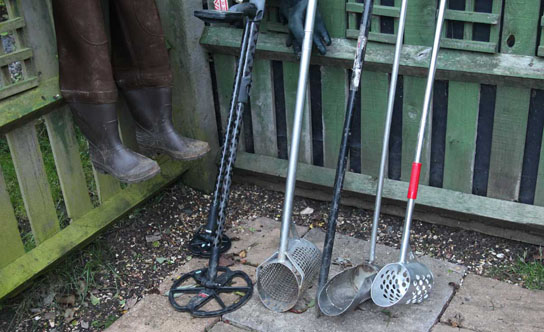 Equipment – Waders, gauntlets, scoops, crow-bar and CTX 3030
Equipment – Waders, gauntlets, scoops, crow-bar and CTX 3030
Safety
If you try this type of detecting, it’s important to keep safety as you first priority.
Waders should be skin tight, or a belt should be added to restrict water in an emergency. I recently changed mine to a pair of 5mm neoprene Bison waders that I literally have to peal on and off. So if I were to lose my footing and end up out of my depth, they wouldn’t fill-up and suck me underwater.
The next important rule is always search moving against the current. That way all the mud you disturb moves behind you, so you keep good visibility as you detect.
I would recommend you move downstream first using your scoop to test the depth. Then turn around and search the area you just tested. Don’t search blindly as you go, I’ve seen sudden drop-offs from six-inches to five-feet in one step... always have an exit plan, an escape route.
Lastly, it’s advisable to detect in water with a friend. If something was to go wrong, it’s nice to have someone on hand that can help you out.
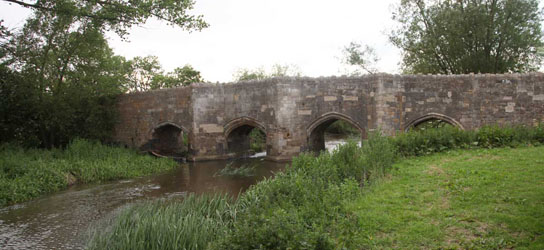
Permission
Generally, a landowner owns the riverbed. This can be problematic, as more than one owner can share a stretch of river. The best scenario is when a stream runs through just one landowner’s field. Otherwise you will need to ask where the boundaries lie. It’s not unusual to have the boundary running down the centre of the stream, so you may find you can only search along one bank... unless you obtain two permissions.
In part 2, I will explain what to look for while exploring a river or stream.
Now get out there and find something!
Gordon Heritage




















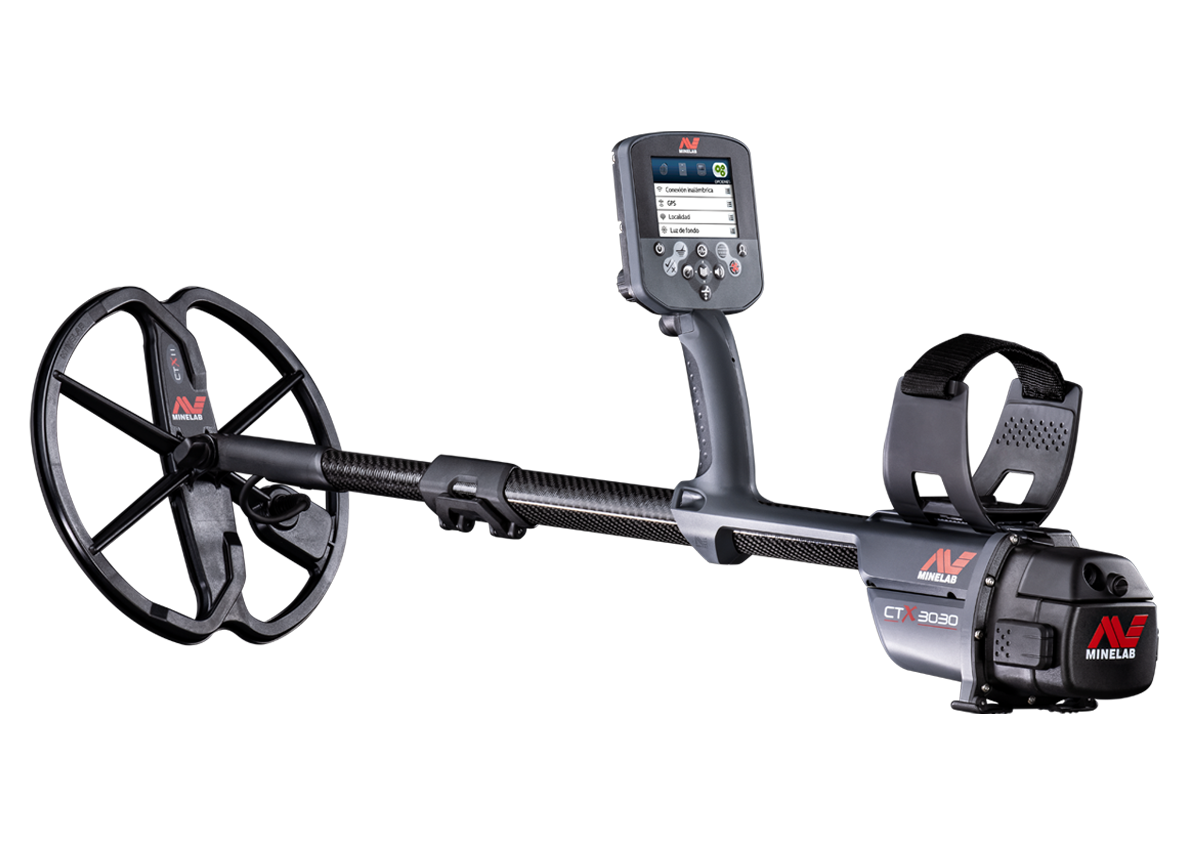
Comments